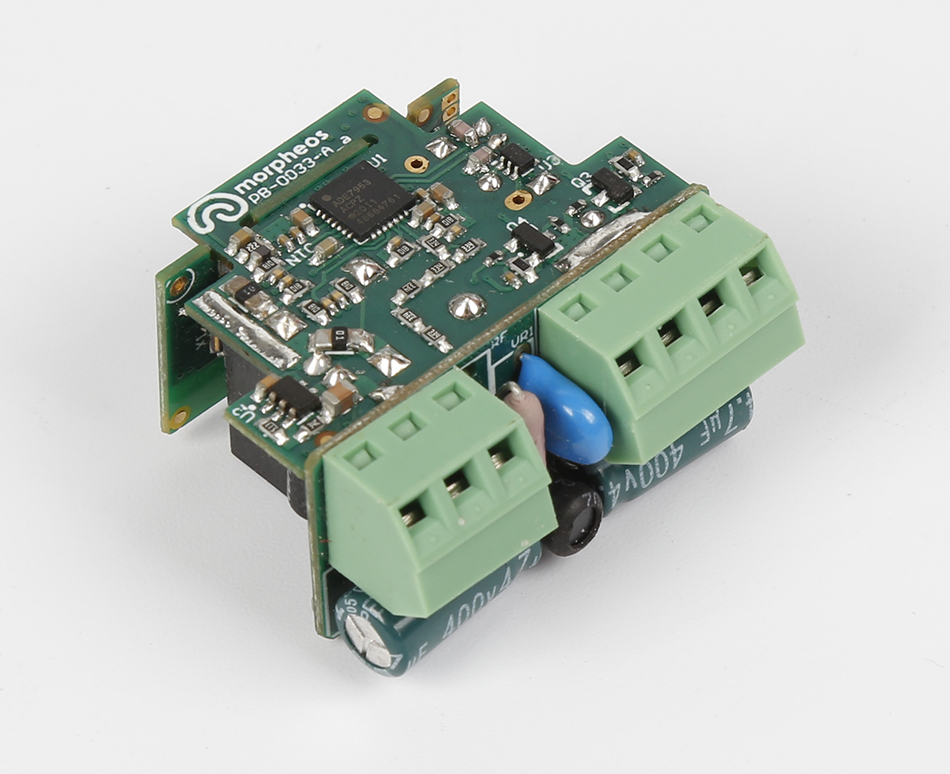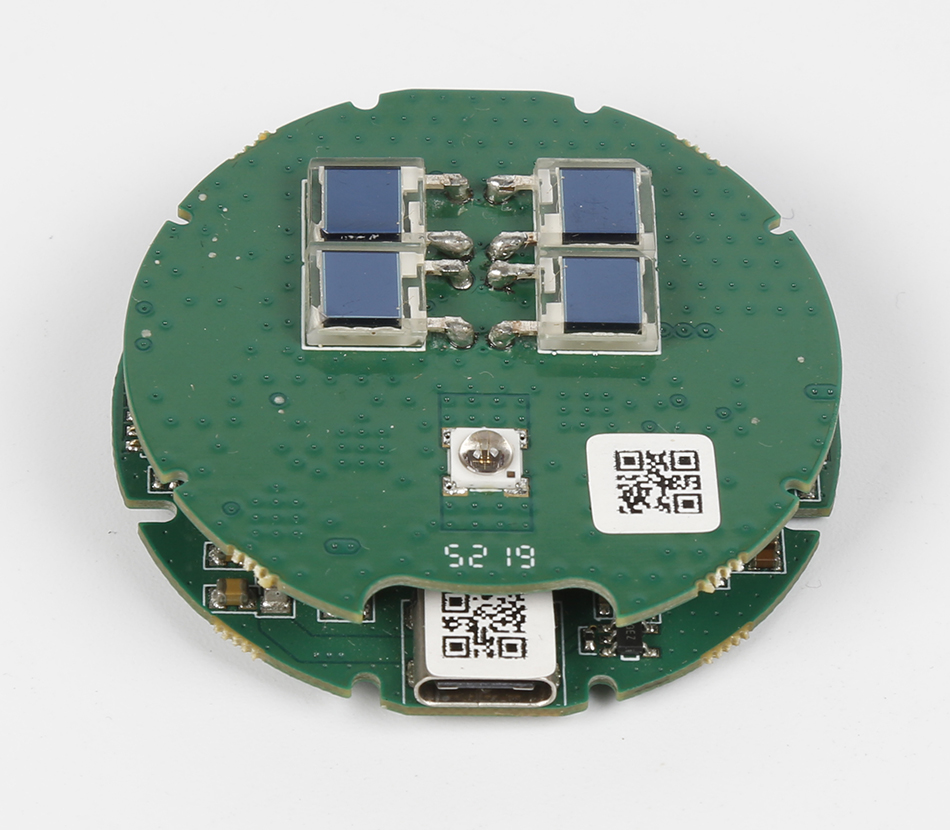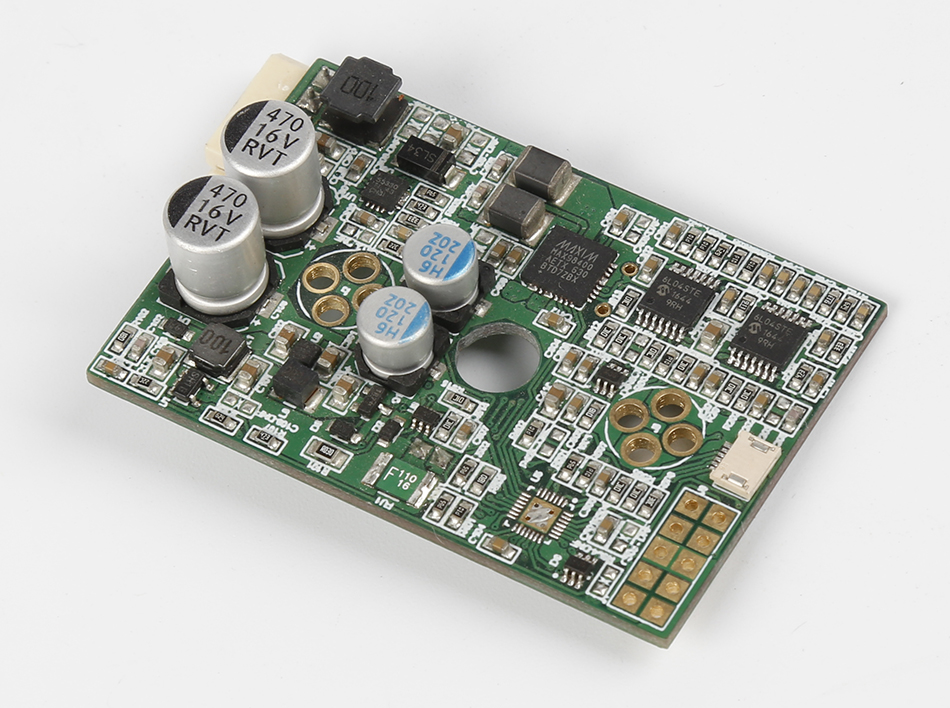-
- PCB TYPE
- PRINTED CIRCUIT BOARD PROTOTYPE ALUMINUM PRINTED CIRCUIT BOARD R&F PCB FPC HIGH FREQUENCY PCB HIGH-TG PCB HEAVY COPPER PCB HDI PCB PCB FOR LIGHTING METAL CORE PCB
time:Nov 05. 2025, 13:40:56
PCB Assembly is undergoing a profound transformation driven by two powerful forces: the convergence of emerging technologies and the global push for sustainability. No longer just a manufacturing step, it has become a nexus where digital innovation, material science, and environmental responsibility intersect to create more efficient, resilient, and eco-friendly electronic systems. From AI-powered process optimization to biodegradable materials, these advancements are redefining what PCB assembly can achieve—supporting the next wave of electronics from green energy devices to smart infrastructure. This article explores how tech convergence is enhancing precision and efficiency in PCB assembly, the sustainable practices revolutionizing the field, and their collective impact on key industries.
The fusion of digital and physical technologies is unlocking new capabilities in PCB assembly, moving beyond incremental improvements to transformative change:
- AI & Machine Learning for Process Mastery: Advanced AI algorithms now analyze thousands of assembly parameters—from solder paste volume to reflow oven temperatures—to identify optimization opportunities. For example, ML models can predict how minor adjustments to stencil design will reduce voids in solder joints, cutting defect rates by up to 35%. Real-time data analytics also let operators adjust processes on the fly, ensuring consistent quality even with complex components like HDI or SiP packages.
- IoT-Enabled Smart Assembly Lines: Embedded IoT sensors in pick-and-place machines, reflow ovens, and inspection tools provide 24/7 visibility into production health. These sensors track equipment performance, component flow, and energy usage, sending alerts for maintenance needs or bottlenecks. Cloud-based dashboards aggregate this data, letting managers optimize workflows remotely and make data-driven decisions about resource allocation.
- Digital Twins for Virtual Prototyping: Digital twins—virtual replicas of assembly lines—let manufacturers simulate PCB assembly processes before physical production. This reduces the need for costly trial runs, as engineers can test different component placements, solder profiles, and inspection sequences in a virtual environment. For complex assemblies (e.g., automotive ADAS PCBs), digital twins cut prototype development time by 40% while improving first-pass yield.

Environmental sustainability is no longer an afterthought but a core requirement in PCB assembly, driven by regulatory mandates and consumer demand:
Manufacturers are replacing traditional materials with sustainable alternatives: bio-based solder fluxes derived from plant oils reduce volatile organic compound (VOC) emissions by 60%. Recycled copper clad laminates (RCCLs) use reclaimed copper, lowering reliance on virgin mining. Even conformal coatings are evolving—water-based options replace solvent-based ones, cutting hazardous waste generation.
Energy-efficient reflow ovens with heat recovery systems capture and reuse waste heat, reducing energy consumption by 25%. Lean manufacturing principles eliminate material waste—precision stencil printing minimizes solder paste usage, and automated component sorting reduces scrap from damaged parts. Some facilities even use solar panels to power assembly lines, making their operations carbon-neutral for low-volume production.
Closed-loop recycling programs now recover precious metals (gold, silver, palladium) from defective PCBs and assembly scrap, with recovery rates exceeding 95%. “Take-back” initiatives let manufacturers reclaim end-of-life PCBs, disassemble them, and reuse functional components in new assemblies. This not only reduces landfill waste but also lowers component costs for low-volume runs.

Solar inverters and wind turbine controllers rely on PCB assemblies optimized for both performance and sustainability. AI-driven assembly ensures the precise soldering of high-power components, while recycled materials reduce the carbon footprint of these green energy devices. Sustainable PCB assembly has helped lower the overall cost of solar inverters by 15% in the past five years.
EV powertrain and battery management PCBs demand high reliability and low weight. Digital twins simulate assembly of these complex boards, ensuring they withstand vibration and temperature extremes. Sustainable practices like copper recycling and energy-efficient production align with automakers’ carbon-neutral goals, making PCB assembly a key partner in EV adoption.

The future of PCB assembly will see deeper tech convergence—with AI and IoT working in tandem to create self-optimizing “lights-out” assembly lines. Sustainability will advance further, with biodegradable PCBs and zero-waste production processes becoming mainstream. As electronics grow more integral to daily life, PCB assembly will remain at the forefront of balancing innovation with environmental stewardship.
PCB Assembly is no longer just about building circuits—it’s about building a more efficient, sustainable future for electronics. By embracing tech convergence and green practices, manufacturers are delivering assemblies that are both high-performing and environmentally responsible. This dual focus not only meets regulatory and consumer demands but also drives innovation, opening new possibilities for industries from renewable energy to electric mobility. As the industry evolves, PCB assembly will continue to be a catalyst for progress, proving that technology and sustainability can work hand in hand to shape a better tomorrow.

Got project ready to assembly? Contact us: info@apollopcb.com



We're not around but we still want to hear from you! Leave us a note:

Leave Message to APOLLOPCB
